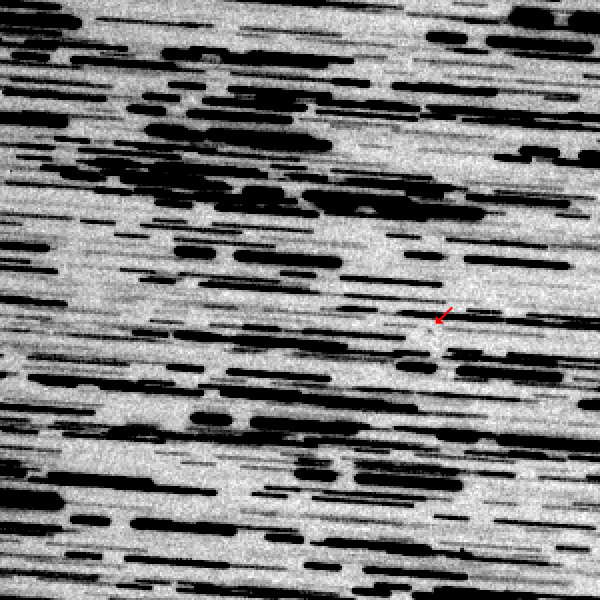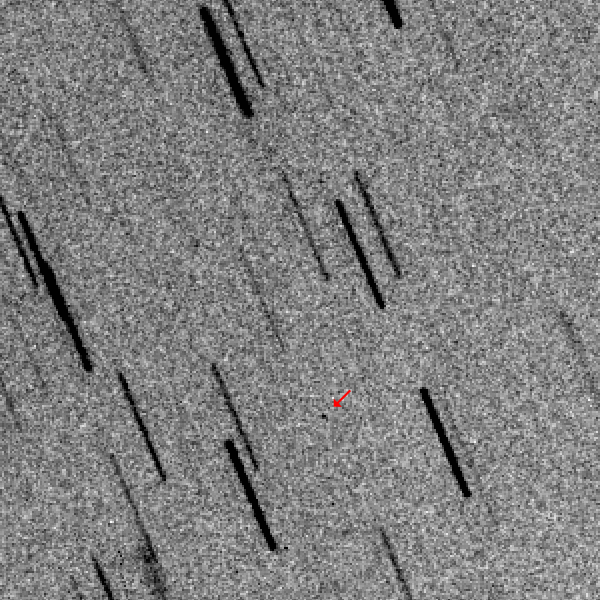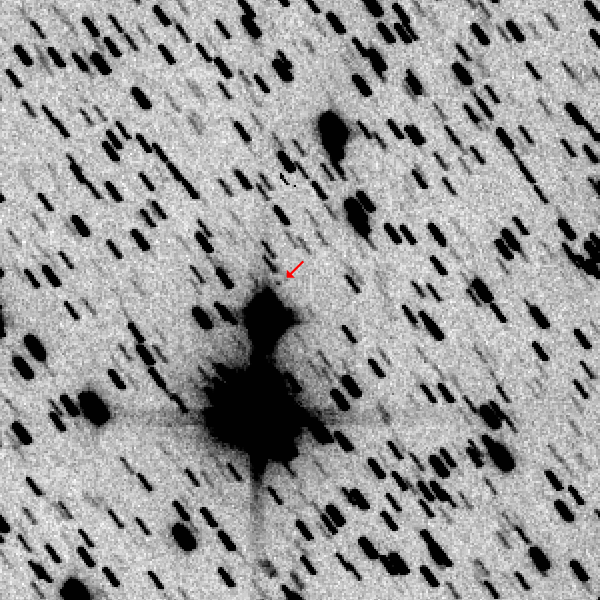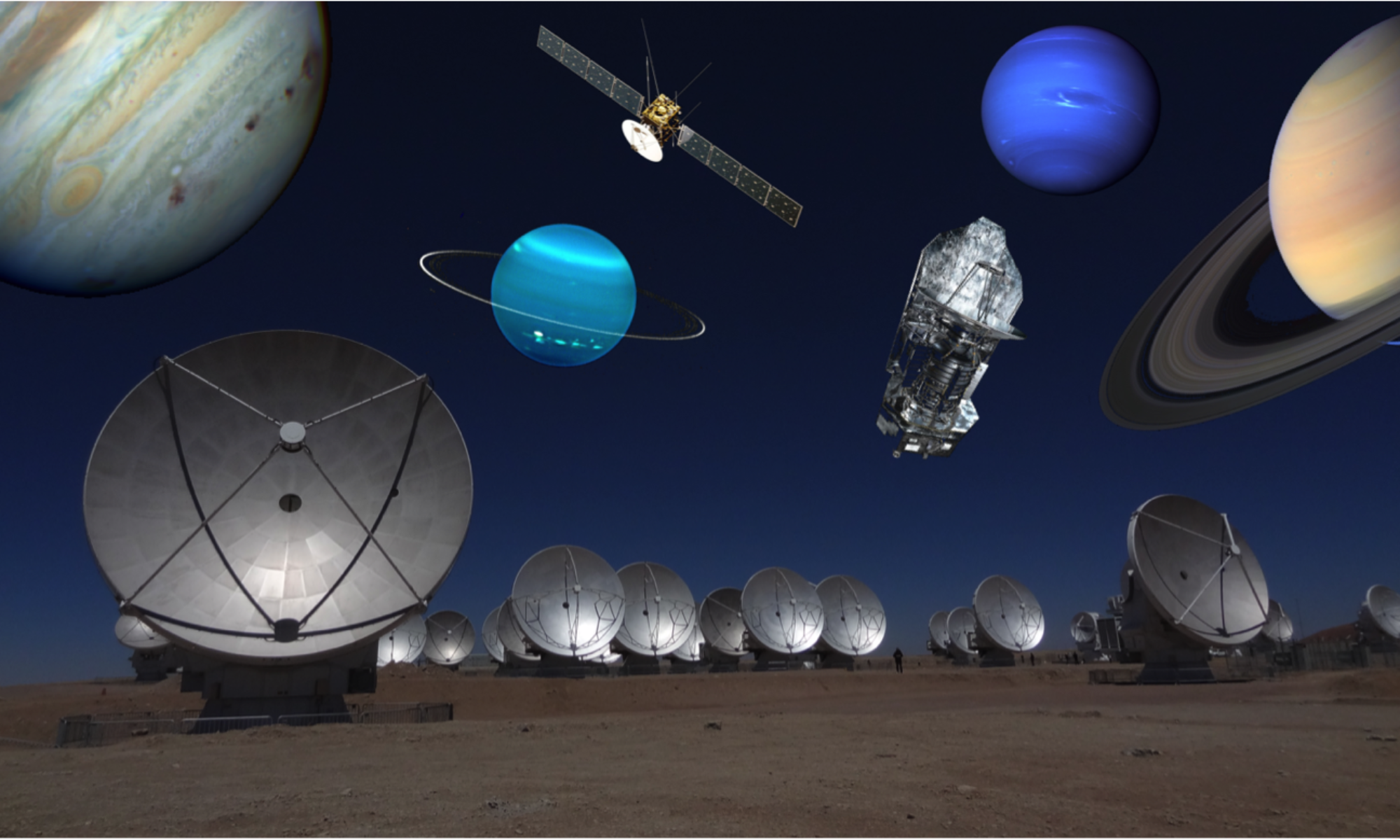My last observations at the I93 observatory of my friend Florent Losse dated back to 2017… On July 19th, and despite skies that were not so clear, we detected 3 asteroids. One of them is a PHA (Potentially Hazardeous Asteroid). Here are the animations showing the asteroids:



And here are the links to the Minor Planet Center circulars:
MPEC 2020-O50 : 2020 OF1
MPEC 2020-O52 : 2020 OH1
MPEC 2020-O56 : 2020 OM1
